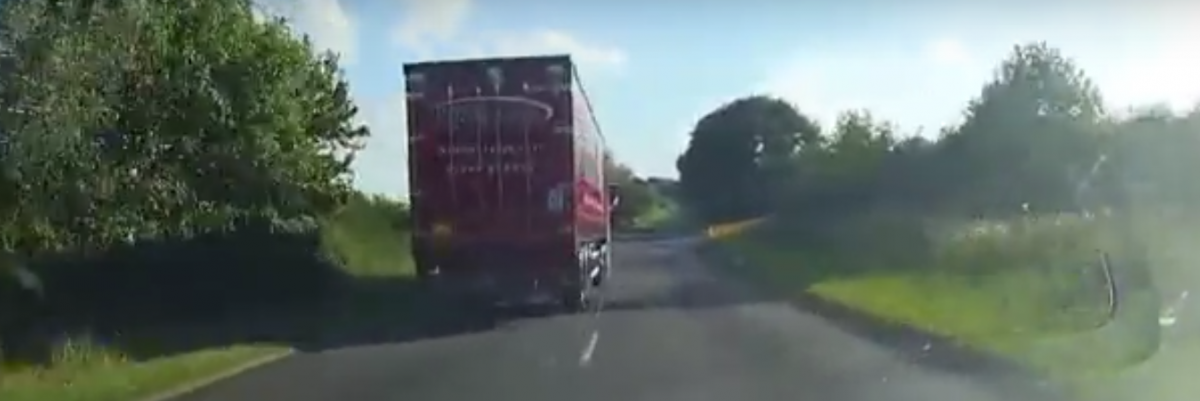 It’s that time of year. Too late for holiday advice, too early to panic about blizzards or shortage of road salt, so every motoring organisation and journal will be dusting off the “Prepare your car for winter” press release.
It’s that time of year. Too late for holiday advice, too early to panic about blizzards or shortage of road salt, so every motoring organisation and journal will be dusting off the “Prepare your car for winter” press release.
Check the lights, inspect the tyres, test the antifreeze… heard it all before? Of course, you have; the same advice has been trotted out every year since the Cortina was a best seller and the Mini was a small car.
Cars change and technology moves on. Let’s assume you know how to check your lights and tyres; instead, here are a few tips to keep you and your 21st century car on the winter roads with everything working the way it should.

Washers. Yes, fill the washer reservoir with washer fluid and check the spray nozzles are clear, but don’t forget the headlamp washers. If your car has Xenon lights (also called HID), there will be high pressure washers, usually under a flap in the front bumper. These must be working, otherwise you risk dazzling other motorists when the lens gets dirty. To check them turn on the headlamps, operate the windscreen washers and get a friend to watch the lights or look for the spray which you’ll see over the front of the bonnet.
Light level switch. Talking of dazzling other drivers, if you don’t have Xenon lamps, you will probably have a headlamp level switch, usually numbered 0 to 4. You’re supposed to turn the switch according to how the car is loaded. Many of the complaints about dazzling headlights are because people forget to adjust the level. 0 is usually just the driver and no luggage, 4 is for a full load, but check the handbook for your car.
Leaves. Leaves never used to hurt a car but they can now! Lift the bonnet, look in the engine bay around the area of the bonnet hinges. You’ll see a chamber on each side that collects water as it drains from the windscreen. These chambers have drain holes in the bottom to keep them dry, but leaves can block the drains. If water stays in the chambers it can leak into the car, often soaking sensitive electronic bits, leading to very expensive repairs. Get any leaves or other debris out of the chambers and if water is present, root around until you find the drain holes and unblock them.
 Steamy windows. Get some soapy water and kitchen roll or a clean microfibre cloth and clean the insides of all the windows. Getting them squeaky clean will dramatically reduce the glare from the low autumn sun on morning and evening drives and it will make the windows much less likely to mist up in damp weather. It also means you’ll waste less fuel because you won’t need to turn on heated windows and air conditioning in a bid to clear them.
Steamy windows. Get some soapy water and kitchen roll or a clean microfibre cloth and clean the insides of all the windows. Getting them squeaky clean will dramatically reduce the glare from the low autumn sun on morning and evening drives and it will make the windows much less likely to mist up in damp weather. It also means you’ll waste less fuel because you won’t need to turn on heated windows and air conditioning in a bid to clear them.
Cabin air filter. Today’s cars have a filter for the air entering the car through the heater. Often called the pollen filter, it can often get overlooked at a service and if it’s full of dirt, your heater will be much less efficient. Worse still, if it’s wet – which can happen if you don’t clear those leaves out of the chambers – your windows will constantly mist up as the heater pumps damp air into them. Changing the filter is usually a simple DIY job – look in the owner’s handbook – and the filters are quite cheap and widely available online.
